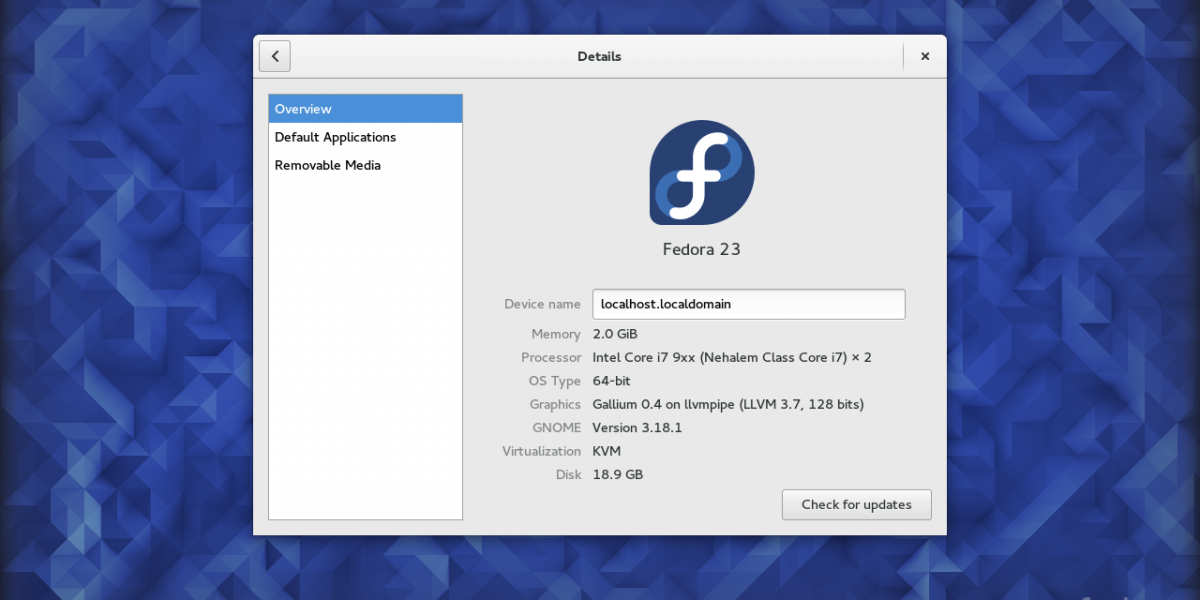Linux on the Desktop – the right kernel at the wrong time
On the 25th August 1991, an unknown 21-year-old student at the University of Helsinki in Finland, named Linus Torvalds, posted on a Usenet forum that he was working on creating and releasing an operating system kernel based on Minix, a Unix-like operating system. His stated intention was that it would be created for hobbyist purposes, and would not be intended for professional use.
Almost 25 years later, the kernel created by Torvalds, which later became known as Linux, has gone on to become the number one most used operating system kernel in the world. Linux finds itself being used for such diverse applications as the running of nuclear submarines, the International Space Station, over 1.4 billion portable devices, as well as powering and underpinning the social media juggernaut Facebook. However, on desktop PCs, Linux has only captured 1.87% of the market.
After performing both experimental and qualitative research it turned out that the primary reason for the 1.87% of market share was almost completely due to the lack of popular desktop applications on the platform. On the most popular desktop operating system platform (Microsoft Windows) it is Microsoft’s Office suite that what one could term “the killer app”.
Linux’s lack of killer app on the desktop, and its overall lack of third party applications has led to its failure to succeed in the desktop market based upon the findings of the research undertaken. Due to the lack of a ‘killer app’, there was no compelling reason for all those existing Windows users to switch to Linux
The other main key reason for Linux’s desktop failure is that users in the general computing populace have become used to Windows, and have evolved with Windows as it has evolved. In the case of the desktop, it was 3 years too late when Linux kernel version 1.0 was released in 1994 – Windows 3.1 had already taken hold and by 1994, when Linux was in a position to compete, it was already too late and the opportunity had gone.
During the course of the interviews conducted, none of the respondents felt that Linux was technologically inferior compared to Windows, or other similar desktop operating system environments. In most cases, those interviewed went on to praise Linux’s design and use of computational and memory resources. Those opinions are corroborated by the experimental research undertaken that reached the conclusion that overall, both Windows 10 and Fedora 24 were generally comparable performance wise.
It is believed that Linux has succeeded on other platforms such as tablets and smartphones because it was there at the onset of those particular breakthroughs or advances in technology – a case of the right kernel, at the right time.
So, in conclusion, Linux’s failure on the desktop cannot be reversed, but with the reducing relevancy of the desktop it is less of an issue, and now it is most likely to be other operating systems that will, in the next 5 years, be searching for relevancy and trying to catch up with Linux.

